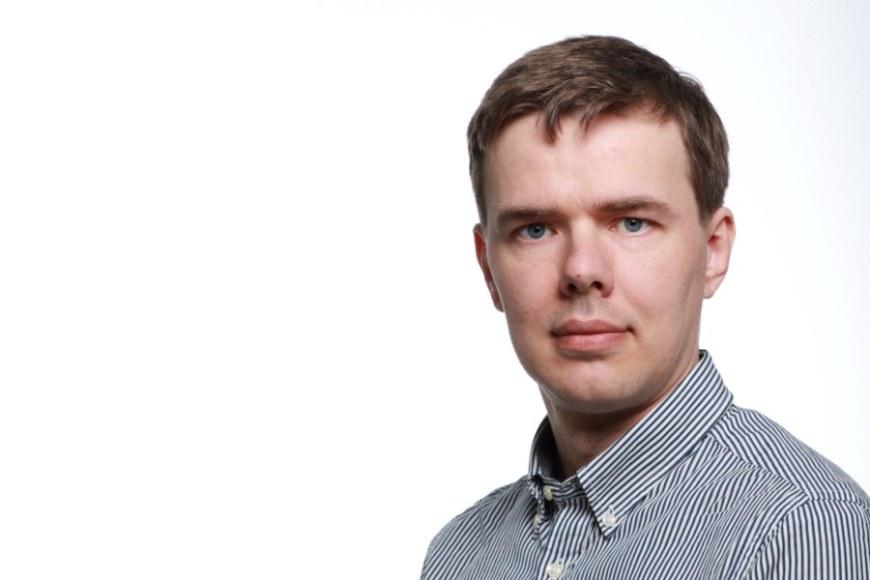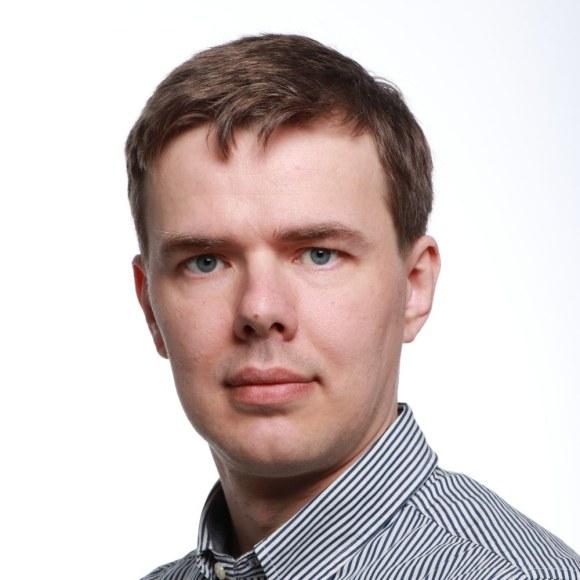The deformation of materials is influenced by how atoms talk to one another

Besides the deformation of materials, there are countless natural phenomena that are the result of interactions between system components, such as atoms and molecules. As a result of the interactions, these complex systems often exhibit new emergent properties that cannot be easily understood by separately examining the components that make up the systems.
When a metal object is subjected to external force, the object is stretched, twisted or compressed. According to Professor Lasse Laurson, this is because of the collective dynamics of dislocations, or linear crystallographic defects, in the metal.
“At the micrometre scale, the changes in the shape of an object typically occur via a sequence of deformation bursts, which resemble the shaking of the surface of Earth during an earthquake. In the case of metals, this means that a large number of dislocations within the crystal lattice simultaneously rush from one place to another, so to speak. By increasing our theoretical understanding of these phenomena, we can develop materials with improved mechanical properties,” Laurson says.
Lasse Laurson leads the Complex Systems research group in the Computational Physics Laboratory at Tampere University. The group studies the physics of complex systems. The researchers are currently working, among other things, on the COPLAST project funded by the Academy of Finland that examines the statistical properties of plastic deformation processes of crystalline solids.
“We are also developing new methods based on machine learning for predicting and optimising, for example, the deformation of metals.”
“Besides paving the way for future applications, our research is important from the perspective of theory of non-equilibrium statistical physics. This means that we also carry out fundamental research with purely scientific impact and without immediate practical implications,” Laurson adds.
A material is more than the sum of its parts
Being a computational physicist, Lasse Laurson creates simplified computational models of physical systems and the natural laws that govern their behaviour. Computer simulations produce results, similarly to the findings that an experimental physicist achieves by carrying out laboratory tests and measurements. Supercomputing power is required to carry out the most demanding simulations.
Laurson’s primary goal is to increase our understanding of the complex, collective behaviour of materials and the related phenomena. Properties of systems consisting of a large number of interacting parts emerge from the collective behaviour of the system constituents.
“My research is primarily driven by curiosity and wanting to understand how things work. I conduct fundamental research, but of course my aim is to generate results that will ultimately be converted into practical applications.”
Besides the plastic deformation of crystalline solids, Laurson has recently focused on modelling domain wall dynamics in ferromagnets and crack propagation in disordered solids.
Best moments when everything falls into place
Lasse Laurson was appointed as professor of computational physics at Tampere University in March 2021. Laurson first became fascinated by particle physics in upper secondary school and went on to complete a master’s degree in theoretical physics at the University of Helsinki in 2004.
“After I landed a summer job at Helsinki University of Technology, I gradually noticed that I actually prefer to study physics problems that are closer to everyday reality. This led me to transfer to Helsinki University of Technology and complete a dissertation in the research group lead by Professor Mikko Alava, which at the time was part of the Centre of Excellence in Computational Nanoscience (COMP),” Laurson reminisces.
The summer job introduced Laurson to research at the interface between statistical physics and materials physics, which eventually became the topic of his doctoral dissertation.
After earning his doctorate in 2008, Laurson spent a couple of years in Turin, Italy, working as a post-doc in a research group headed by Professor Stefano Zapperi. Laurson joined Tampere University in the autumn of 2018 after working at Aalto University as an Academy of Finland postdoctoral researcher and academy research fellow since his return to Finland.
Laurson serves on the Board of the Finnish Physical Society and the Editorial Board of Scientific Reports and spends most of his time conducting research and teaching statistical physics.
“My work entails also the supervision of students, the management of a research group and the acquisition of research funding. The best part of my work is those moments when we make an important new discovery together with colleagues and students – when everything clicks into place,” Laurson muses.
Funded by the Academic of Finland, the project titled Complexity and optimization in crystal plasticity (COPLAST) will run until 2023.
Text: Anna Aatinen






